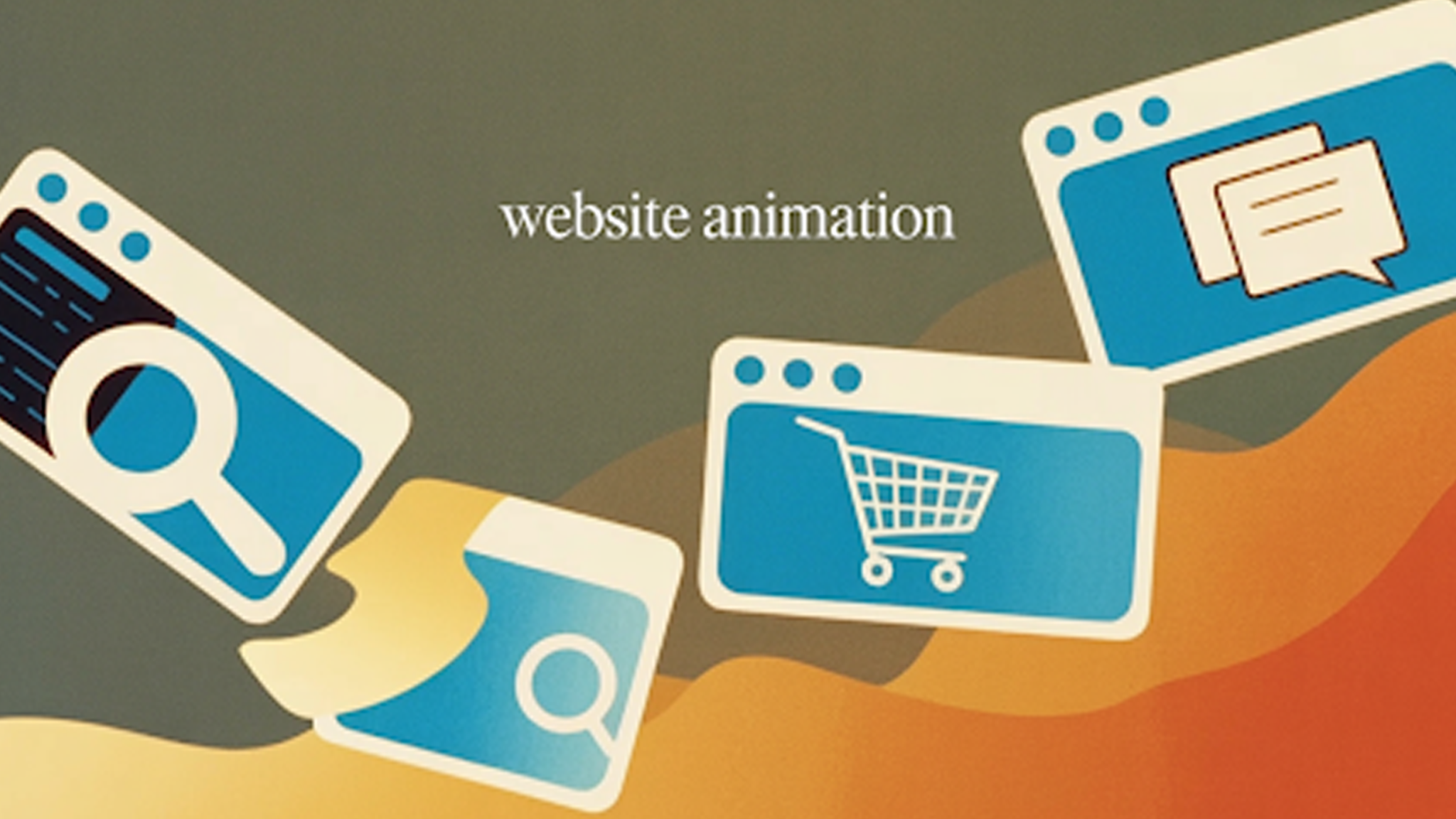Your website doesn’t have a “seconds-to-impress” problem; it has a “moments-to-understand” problem. Visitors land, skim, and decide within a heartbeat whether to lean in or bounce. Static text and images can do only so much in that tiny window. Purposeful animation changes the odds by showing instead of telling, guiding attention, and compressing complex ideas into smooth visuals that feel effortless.
As formats evolve and devices get faster, patterns are consolidating around shorter loops, lighter files, and smarter triggers. If you’re planning your next release cycle, look for animation trends in 2025 that emphasize accessibility, performance, and micro-demonstrations that support conversions without bloating the page.
What Are Animated Videos?
“Animated video” is an umbrella term covering compact narratives such as product walkthroughs, feature demos, onboarding clips, and micro-demonstrations. Many of these tell a linear story with simple shapes, typography, and characters, an approach that’s still best served by 2D animation because it’s fast to produce, clear at small sizes, and crisp across screen densities.
Where a product needs depth, rotation, or spatial context, motion can model the real thing more convincingly. Showing a component assembly, an architectural reveal, or a complex product mechanism is where 3D animation makes sense, because it allows viewers to explore a form from multiple angles in seconds.
Why Use Animation on Your Site?
Humans parse motion pre-attentively. We’re wired to notice change. That makes animation perfect for revealing cause and effect: click leads to outcome, step leads to progress, feature leads to benefit. Good motion reduces uncertainty by making system status visible and mapping actions to consequences in a way that text alone cannot.
Animation also helps in brand recall. More often, people remember the subtle animation across the website in comparison to static images. This is the basic psychology behind animated logos. This speaks to how consistent motion cues shape memory, tone, and perceived quality, especially when they’re kept simple and repeatable.
A professional cue that introduces your mark, frames a section, or acknowledges a completed action is more persuasive than fireworks. This is where logo animation is most effective: not as a spectacle, but as a short, signature move that says “you’re in the right place.”
Types of Animations You Can Use
There are different types of animation that could be used on websites. Depending upon the purpose and duration of the animation following are the most used ones:
- Explainer videos
Use explainer videos on home/landing pages to communicate value, use cases, and outcomes fast. Keep muted by default, add captions, and show clear controls.
- Product micro-demos
Short, UI-sized clips that demonstrate a single feature or action. Ideal for feature pages and above-the-fold modules to reduce “how does it work?” friction.
- UI feedback & status cues
Success ticks, error shakes, progress bars, and save confirmations. Reinforce cause-and-effect, reduce uncertainty in forms and checkout.
- Onboarding & tutorials
Step-by-step mini clips that teach first-run actions. Best inside modals or help panels so they don’t derail the main task.
- 3D product spins / inspectables
Rotate, zoom, or explode views for items where shape or mechanism matters. Great for hardware, apparel details, and complex assemblies.
- Before/after reveals
Show transformations (e.g., edited photo, cleaned data, redesigned UI). Use a short wipe or morph to make the delta instantly clear.
- Logo stingers & section transitions
Subtle, consistent marks that introduce brand elements or anchor major sections. Keep under 800ms to avoid slowing navigation.
- Data storytelling moments
Animated charts that highlight trend direction, thresholds, or comparisons. Trigger on scroll or interaction; freeze at final state for readability.
Businesses choose explainer videos when the stakes are high, but rely on smaller interface loops to support micro-decisions that lead up to that purchase click.
Best Practices for Using Animated Explainer Videos
Several brands increased sales with explainer videos on their websites with the right strategy and purposeful animation. The best practice is to start with a purpose statement: “This motion exists to help the user do X faster.”
Purpose constrains style and keeps the piece from bloating. Mute by default, include captions, and avoid gating progress behind the player. Offer obvious controls and a readable poster frame so users decide when to watch and when to skip.
Production choices matter as much as creative choices. If your team lacks in-house expertise, consider vendors who treat performance and accessibility as first-class requirements; quality animated video services will plan for reduced-motion users, device testing, and analytics from the very first storyboard.
Where to Put Animations for Maximum Impact
Put motion where confusion is most expensive. That usually means the “first mile” (hero section or value proposition), the “explain the feature” moment on product pages, and the “last mile” in forms or checkout, where small cues reduce anxiety and increase completion. Think of motion as signage: it points, reassures, and confirms, then gets out of the way.
If analytics show high drop-off on a key page, recurring support tickets on the same topic, or dense copy that users routinely ignore, that’s a sign your business need an explainer video, one that demonstrates the next step in under 30 seconds.
Do’s and Don’ts for Website Animations That Improve UX
For a smooth animation on the website, which improves UX as well as increases CTR, follow these Do’s and Don’ts:
- Do keep durations consistent, align easing with realistic movement, and trigger motion at meaningful points in the flow.
- Do respect system “Reduce Motion” preferences and offer a manual toggle.
- Do pause animations when off-screen to spare battery and CPU.
- Don’t autoplay with sound, block progress behind a clip, or rely on motion alone to convey critical information.
Clarity comes from the beats you remove as much as the ones you add. Tighten sequences, trim redundant frames, and cut long dissolves that slow comprehension; the right video editing polish can reduce run time by a third without losing meaning.
How to Measure the UX Impact of Website Animations with GA4 (Step-by-Step)
- Map placement to goals.
For a homepage explainer: measure time to first meaningful click, scroll depth, and primary CTA clickthrough. For a feature loop: measure interaction rate with the relevant UI, task completion, and drop-off from that section.
- Define events and parameters.
In GA4, create events like video_start, video_25, video_complete, demo_play, and feature_interact. Add parameters: placement (hero, product-page, pricing), device (mobile, desktop), and variant (A/B label). For UI loops, consider component_visible and component_paused to audit performance-friendly behavior.
- Set guardrail metrics.
Track LCP, CLS, and INP alongside engagement. If adding motion hurts these, fix the implementation or remove it. Guardrails keep you honest about “delight” that secretly slows the page.
- Run a clean A/B test.
Limit changes to the motion itself. Use a large enough sample, run for at least a full business cycle, and validate that your treatment group saw the motion. In your analysis, segment by new vs. returning visitors and by device class.
- Close the loop.
Share both quantitative lift and qualitative signals from session replays or user interviews. When teammates can see and hear how motion clarified a concept, adoption gets easier.
FAQs
Will animations slow down my site?
Not if you use modern codecs or vector formats, lazy-load below the fold, and pause when elements are off-screen; always track Core Web Vitals as a guardrail.
What’s the ideal length for a homepage clip?
Aim for 20–30 seconds to deliver a clear promise with captions, a strong opening hook, and an obvious next step.
Should animations autoplay?
Autoplay can work if muted and lightweight, but the safest approach is user-initiated playback with accessible controls and a readable poster frame.
How do I make animations accessible?
Respect system “Reduce Motion,” offer a site-level toggle, provide text alternatives for any critical information, and avoid parallax or large motion that can cause discomfort.
Is it better to use vector loops or video for UI moments?
Vectors are usually smaller and crisper for interface demos, while video is better for narrative explainers or real-world footage; choose based on clarity and performance, not just aesthetics.
How do I prove ROI to stakeholders fast?
Pick one high-traffic page, define success metrics before launch, run a clean A/B test, and report both behavioral lift and revenue impact; a single validated win will fund the next iteration.
Can a small team ship professional animation without hiring full-time?
Yes. Many companies work with a specialized studio for script, design, and implementation; if you want a partner that can also set up measurement and hand off reusable assets, AnimatedVideos.co fits in quietly with your workflow and delivers on clear milestones, so you get studio-level polish without the overhead.
How do we keep brand consistency across many animations?
A simple motion style guide goes a long way. Note your timing, easing, transitions, and where each type of animation belongs. If you want help turning that into something practical for your team, AnimatedVideos.co can document the rules and provide reusable templates so new assets stay on-brand without extra effort.
What are common mistakes to avoid?
Over-animating, burying essential info inside motion, ignoring reduced-motion preferences, and shipping heavy files that tank performance; each of these can be prevented with a purpose statement and a performance checklist.
Wrap-Up: Choose the Right Partner for Animation
Make your product instantly clear and convert more visitors. Choose one high-impact page, add a purposeful, lightweight animation that explains your value in seconds, keep Core Web Vitals green, honor “Reduce Motion,” and track GA4 so you can see results quickly.
Partner with AnimatedVideos.co, where we plan, design, and produce accessible animations, wire up analytics, and deliver reusable assets that keep your team moving. Ready for measurable improvement? Let’s start your first conversion win today.



